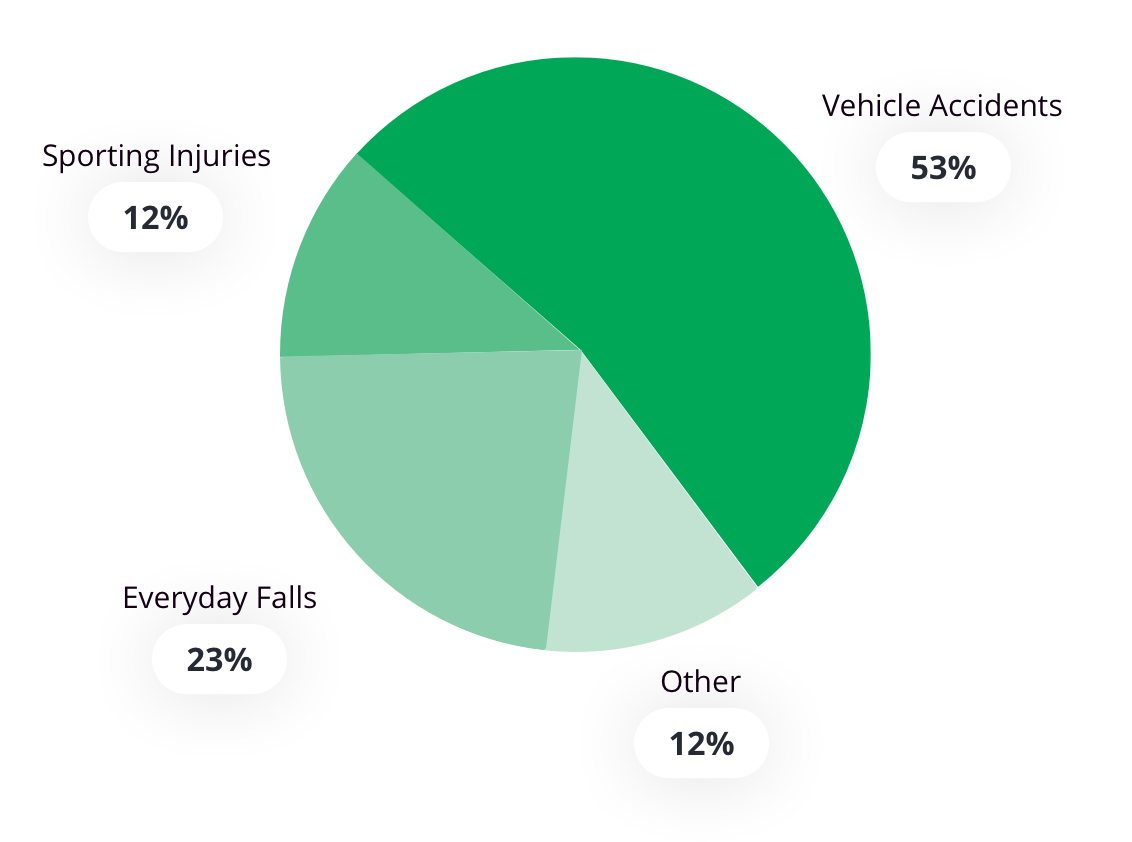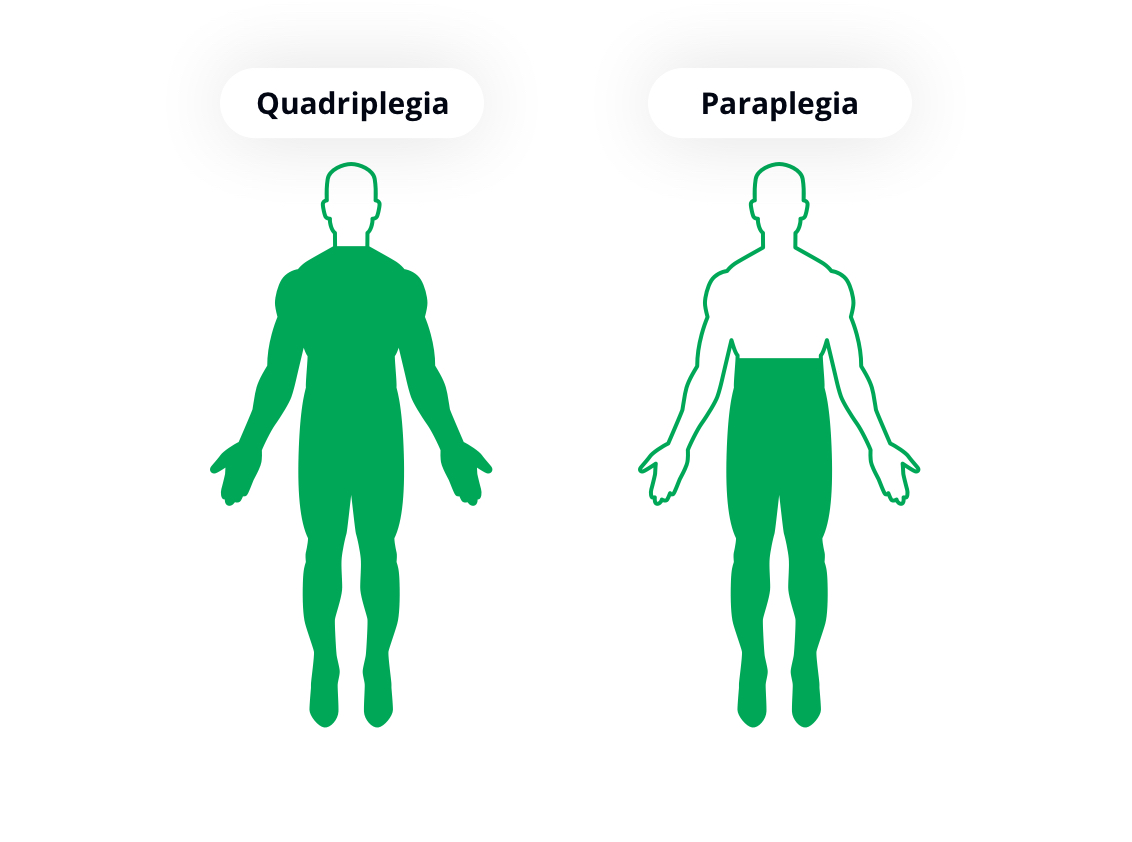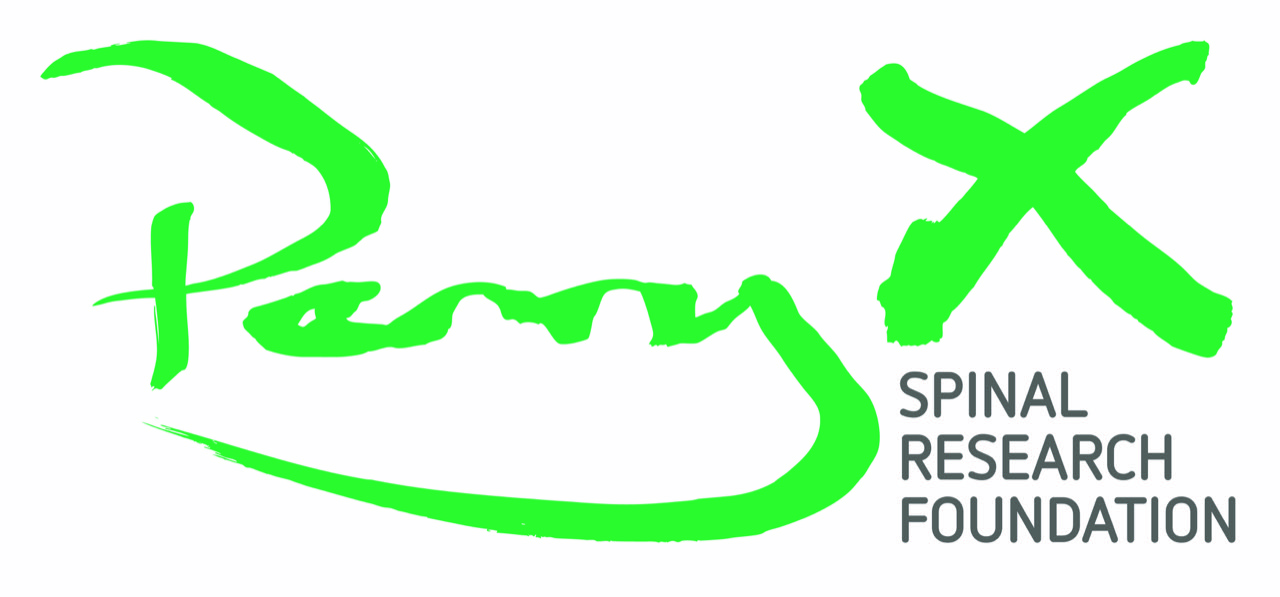About Spinal Cord Injury
What are the Stats?
Every day, one Australian suffers a spinal cord injury. That is ONE TOO MANY.

What happens if you injure your Spinal Cord?



Spinal Cord Injury
Spinal cord injury is currently a life-long burden on both the person impacted and society at large.
In Australia around one person sustains a spinal cord injury every day, and many of these individuals are under the age of 24. There are currently 20,800 Australians living with spinal cord injury. Aside from the personal trauma, the cost to our society to care for spinal injured people is $3.7 billion a year. Without an effective cure for spinal cord injury, the emotional and financial costs to individuals, their families and to our community are life-long.

SCI Facts
- There are over 15,000 Australians living with paralysis.
- 400 new cases each year
- 84% of all injuries occur in males
- 17 – 24 years of age most likely to sustain an injury
- Quadriplegia, paralysis of all four limbs, occurs in 50% of all these cases.
- Young men in the prime of their life are most likely to sustain a spinal cord injury, being four times more likely to sustain spinal cord injuries than women.
- The estimated lifetime cost per incidence of quadriplegia is $9.5 million. The total annual cost of spinal cord injury in Australia is estimated to be $2 billion.

Effects of SCI
Spinal cord injury can happen to anyone at any time. It is not just about being in a wheelchair, there is also a lack of control, independence and freedom. The type of disability which occurs after the spinal cord is injured depends on the severity of injury and the location of the injured segment of the spinal cord. A damaged or severed spinal cord means the region of the body below the level of injury becomes paralysed. In cases of complete paralysis, all functions below the level of injury will be lost.
After a spinal cord injury, the nerve fibres, which send motor signals from the brain to the torso and the limbs are impaired and this causes paralysis of the muscles. Destruction of sensory nerve fibres leads to loss of sensations such as touch, pain and the ability to distinguish between hot and cold. Less well-known is that spinal cord injury can also severely limit bladder and bowel control, sexual performance, blood pressure and sometimes the ability to breathe unaided.
Spinal Cord Injury Levels
Interact with the spine and vertebrae below to learn more.

Cervical
C7-C8
Thoracic
Lumbar
Sacral
Coccyx







